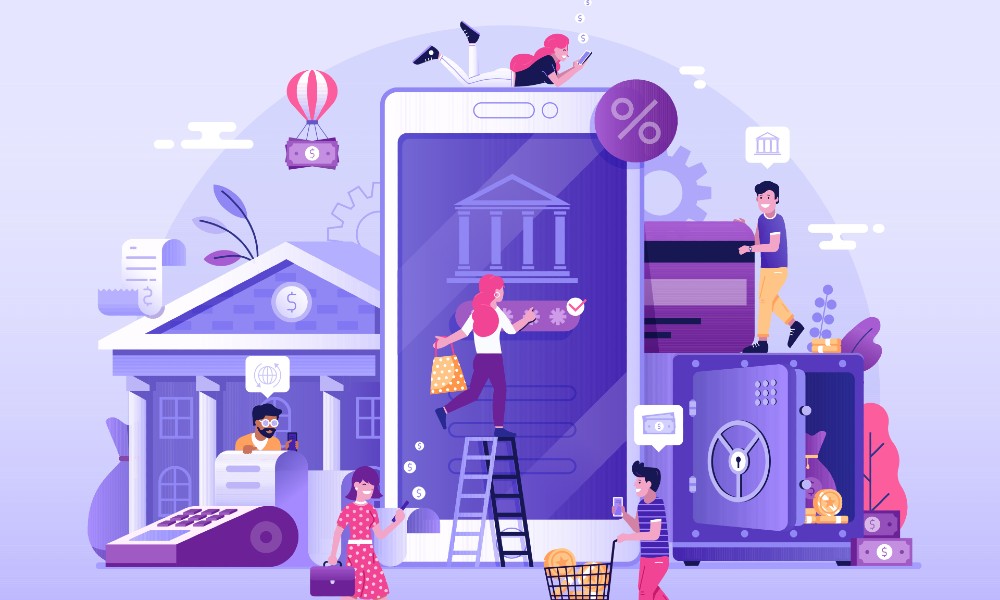

The number of US banking customers who call their financial institutions at least once per year is slightly elevated, and will remain so through 2024, according to a new forecast. The COVID-19 pandemic has been a major factor in the uptick of calls and call center activity.
Research from Insider Intelligence's 2020 US Mobile Banking Competitive Edge (MBCE) Study shows the number of bank account holders aged 18 and up who call their banks, credit unions, credit card companies and brokerage institutions at least once per year has been on the rise since 2019. The call center trend is expected to remain elevated until bank branches and other businesses fully reopen, at a minimum.
Digital customer service tools and applications are also expected to play a role in reducing call center usage. These include mobile app-based solutions like the ability to message with live agents or ask questions of AI assistants and bots. The research shows those features are not yet widespread, however.
Of the 25 largest US banks, only 36 to 40 percent support chatting with humans and AI assistants through a mobile app. And of the AI assistants that are currently available, most aren't equipped to handle complex inquiries. That means call centers are currently an essential lifeline for banking customers.
While call centers remain such an important and integral part of the banking experience, financial institutions can improve them by streamlining the user experience and maximizing efficiencies. Key areas that may be improved include investing more in the education and training of call center staff. That means lower-level staff members will be better equipped to handle complex calls and inquiries, reducing wait times and customer frustration levels.
Financial institutions can also enhance the call center experience by enabling in-call customer authentication via mobile apps. In fact, this feature was one of the most requested by customers according to the Insider Intelligence study. Yet only just over one third of the 25 banks included in the research support it.
A final enhancement to the call center experience could include two-way calling features like video-call appointments to enable face-to-face communications, particularly as the coronavirus pandemic rages on.